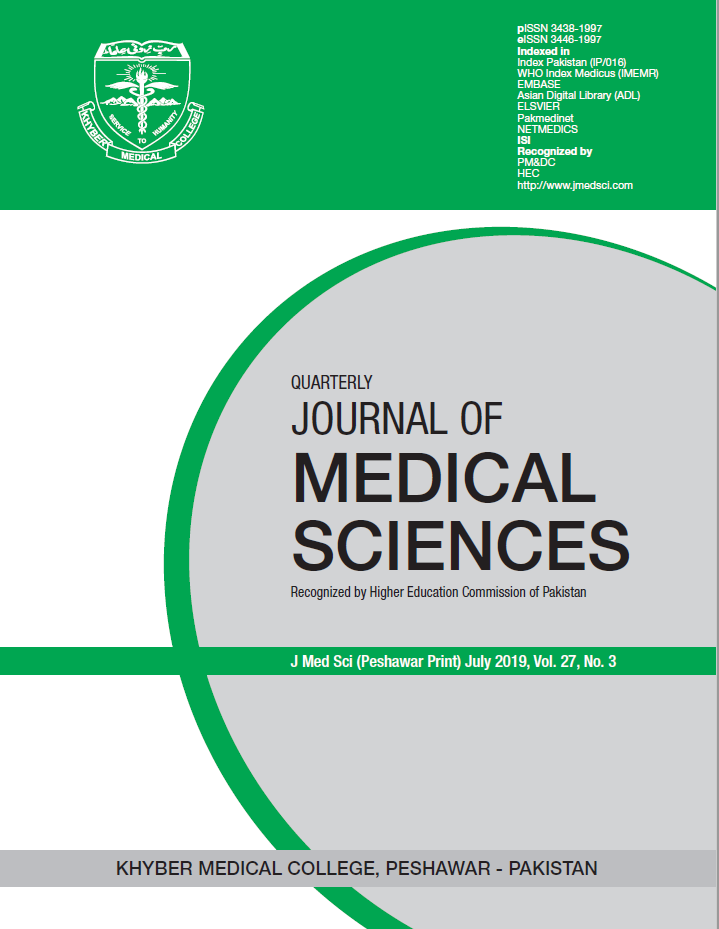HYDATID LIVER DISEASE
Main Article Content
Abstract
Hydatid disease (hydatidosis or echinococcosis) is a potentially serious, at times lethal disease caused by cysts containing
the larval stages of the Echinococcus granulosus (E.granulosus) tapeworm (dog Tapeworm).
Adult E. granulosus tapeworms infect dogs and other canine animals and then these tapeworm eggs are shed in feces
of these infected animals. People become infected by ingesting these eggs. This can occur via hand-to-mouth transfer
after handling dogs or objects contaminated with the eggs, or from consuming contaminated food or water.
The larval form of the tapeworm may lodge in various body sites where they form a fluid-filled sac known as hydatid
cyst. These cysts contain immature forms of the tapeworm and can increase in size from 5–10 cm or more over a period
of time. While some cysts may die, others can remain alive for many years. Cysts also contain ‘daughter cysts’ which,
if released, may spread to other areas of the body.
Article Details
All articles published in the Journal of Medical Sciences (JMS) are licensed under the Creative Commons Attribution 4.0 International License (CC-BY 4.0). Under the CC BY 4.0 license, author(s) retain the ownership of the copyright publishing rights without restrictions for their content, and allow others to copy, use, print, share, modify, and distribute the content of the article even for commercial purposes as long as the original authors and the journal are properly cited. No permission is required from the author/s or the publishers for this purpose. Appropriate attribution can be provided by simply citing the original article. The corresponding author has the right to grant on behalf of all authors, a worldwide license to JMS and its licensees in all forms, formats, and media (whether known now or created in the future), The corresponding author must certify and warrant the authorship and proprietorship and should declare that he/she has not granted or assigned any of the article’s rights to any other person or body.
The corresponding author must compensate the journal for any costs, expenses, or damages that the JMS may incur as a result of any breach of these warranties including any intentional or unintentional errors, omissions, copyright issues, or plagiarism. The editorial office must be notified upon submission if an article contains materials like text, pictures, tables, or graphs from other copyrighted sources. The JMS reserves the right to remove any images, figures, tables, or other content, from any article, whether before or after publication, if concerns are raised about copyright, license, or permissions and the authors are unable to provide documentation confirming that appropriate permissions were obtained for publication of the content in question.

